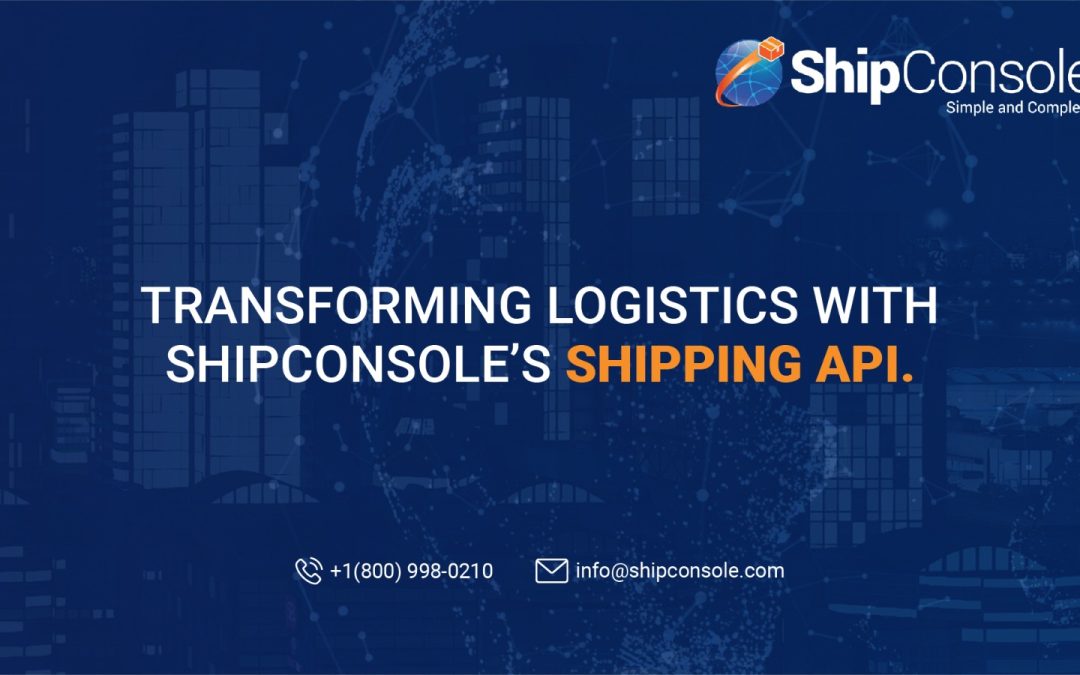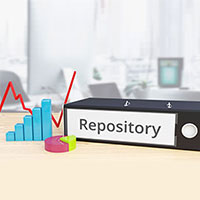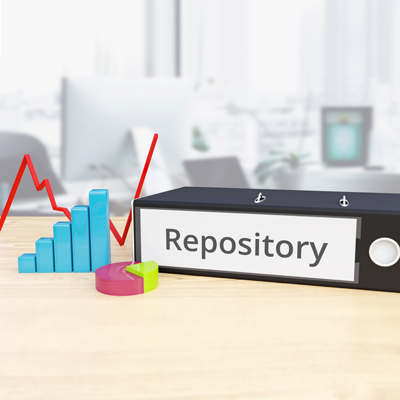
by Pavan Telluru | May 31, 2024 | Blog, Shipping Industry, shipping solutions
Efficient shipping is a cornerstone of modern logistics, yet many organizations struggle with redundant data entry and slow transaction speeds due to using multiple systems for shipping within their warehouses. These inefficiencies often result in delayed shipments...

by Pavan Telluru | Nov 9, 2020 | Blog, Document Management Software, Shipping Document Repository, Shipping Documentation, Shipping Industry
It is important for an organization to have their shipping documentation well-organized and easily accessible. Shipping documentation is often requested by receipting agents, customs, and other parties. Having the correct documentation on hand allows for efficient...
by Pavan Telluru | Oct 16, 2020 | Blog, Multi-Carrier Shipping, Parcel Shipping, Shipping Industry
Global parcel shipping volume was approximately 103 billion parcels in 2019 and is projected to more than double to 262 billion parcels by 2026. Let’s take a look at a few of the important trends we are currently seeing in Parcel shipping and can expect to see over...

by Pavan Telluru | Jul 10, 2020 | Blog, ERP Integration, Oracle JD Edwards, Shipping Industry
The Purpose Oracle JD Edwards Enterprise One is an integrated applications suite of extensive Enterprise Resource planning software. ShipConsole now provides integration with Oracle JD Edwards (JDE) and this is a strong step forward for ShipConsole in its mission to...

by Pavan Telluru | Jul 2, 2020 | Blog, Multi-Carrier Shipping, Oracle Shipping Software, Shipping Analytics, Shipping Industry
The process of shipping goods involves handling a great amount of documents. For every shipment there are PO, Sales Order, Pick Slip, Pack Slip, Export, BOL, and Proof of Delivery documents, to name a few. Very often these documents are stored in different places, and...

by Pavan Telluru | Jun 18, 2020 | Artificial Intelligence, Blog, Machine Learning, Multi Carrier, Shipping Industry
Machine learning (ML) is an application of Artificial Intelligence (AI). It can be looked at as a subdivision of AI. In ML, software algorithms improve automatically as they complete tasks. In simpler words the machine is “learning” on its own as it completes tasks....







